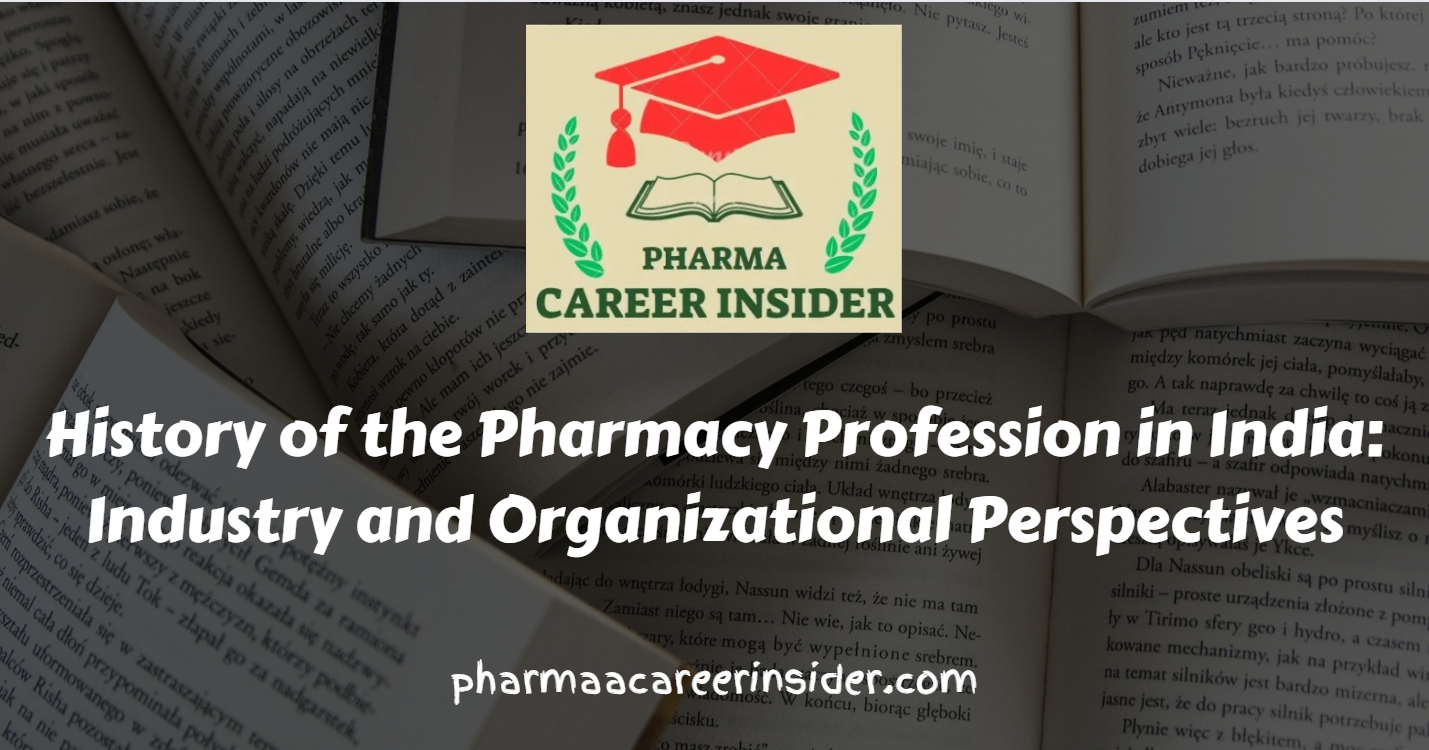Ancient Practices
1. Ayurveda and Traditional Medicines:
Ancient India had a rich tradition of herbal medicine, with knowledge of pharmacology embedded in Ayurveda and other traditional medicinal systems.
2. Trade Routes and Herbal Exchange:
India was a hub for the trade of medicinal herbs, spices, and formulations along the ancient Silk Road, influencing the exchange of pharmaceutical knowledge.
Colonial Era
1. European Influence:
During the colonial era, European powers introduced Western pharmaceutical practices, and the pharmaceutical industry began to take shape.
2. Establishment of Pharmacies:
The establishment of pharmacies, often by Europeans, marked the initial steps toward organized pharmaceutical practices.
Post-Independence Development
1. Pharmaceutical Industry Growth:
Post-independence, the pharmaceutical industry in India saw significant growth, driven by the establishment of public and private sector pharmaceutical companies.
2. Hindustan Antibiotics and PSU Era:
The establishment of Hindustan Antibiotics in 1954 marked India’s entry into the field of antibiotic production, and the public sector played a crucial role in pharmaceutical manufacturing during this period.
3. Pharmacy Education and Research:
The growth of pharmacy education institutions complemented the development of the pharmaceutical industry, providing a skilled workforce and promoting research.
Industrial Reforms
1. Liberalization Policies (1991):
Economic liberalization in 1991 opened up opportunities for foreign investment and collaboration, impacting the pharmaceutical industry and encouraging technological advancements.
2. Emergence of Private Sector:
The 1990s saw the emergence of numerous private pharmaceutical companies, contributing to the industry’s diversification and global competitiveness.
Regulatory Changes
1. Introduction of Product Patents (2005):
The introduction of product patents in 2005 aligned India with international patent laws, encouraging research and development in the pharmaceutical sector.
2. Regulatory Bodies:
Regulatory bodies like the Drug Controller General of India (DCGI) play a vital role in overseeing drug approvals and ensuring the quality and safety of pharmaceutical products.
Industry Dynamics
1. Generic Medicine Hub:
India has become a global hub for the production of generic medicines, contributing to affordable healthcare solutions worldwide.
2. Biotechnology and Research:
The pharmaceutical industry has diversified into biotechnology, with a focus on research and development for innovative drug discovery.
Organizations and Associations
1. Indian Pharmaceutical Association (IPA):
IPA, founded in 1939, has played a pivotal role in advancing the pharmacy profession and promoting scientific research in the pharmaceutical field.
2. Pharmaceutical Export Promotion Council (Pharmexcil):
Pharmexcil, established in 2004, facilitates the growth of the Indian pharmaceutical industry through export promotion and regulatory support.
Challenges and Opportunities
1. Quality Control and Compliance:
Ensuring adherence to quality standards and regulatory compliance remains a challenge for the pharmaceutical industry.
2. Global Collaboration:
Opportunities lie in fostering global collaborations, joint ventures, and partnerships for research, innovation, and market expansion.
Future Perspectives
1. Biopharmaceuticals and Precision Medicine:
The future of the pharmaceutical industry in India may witness a shift towards biopharmaceuticals and precision medicine, aligning with global trends.
2. Research and Development:
Continued emphasis on research and development, along with incentives for innovation, will be critical for the industry’s sustained growth.
The history of the pharmacy profession in India, intertwined with the growth of the pharmaceutical industry, reflects a journey from ancient herbal practices to a dynamic, research-driven sector. The industry has undergone transformative changes, responding to global influences, regulatory reforms, and the demand for affordable healthcare solutions. As India continues to evolve as a pharmaceutical powerhouse, the challenges and opportunities ahead necessitate a proactive and collaborative approach from both industry stakeholders and regulatory bodies.




